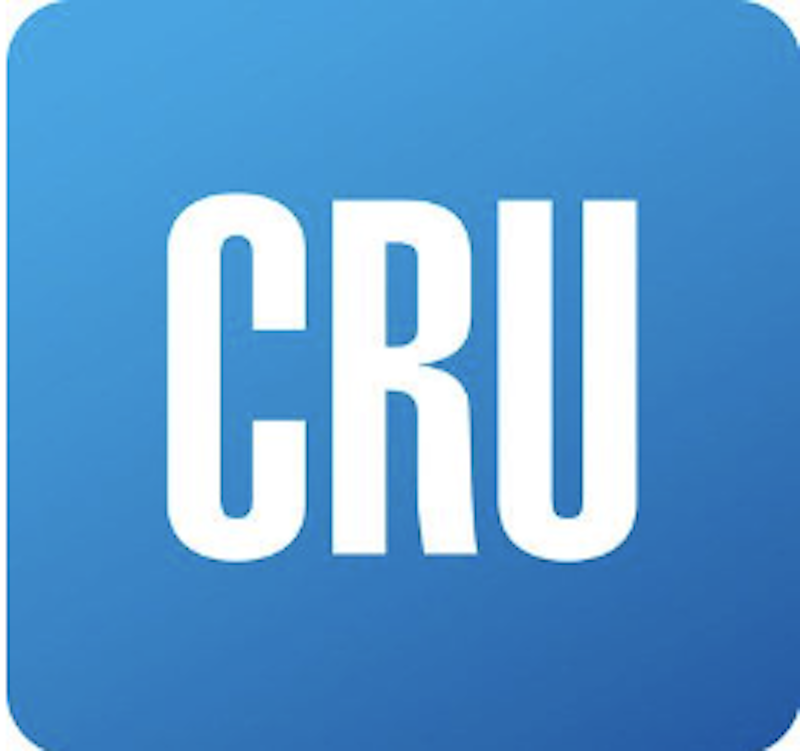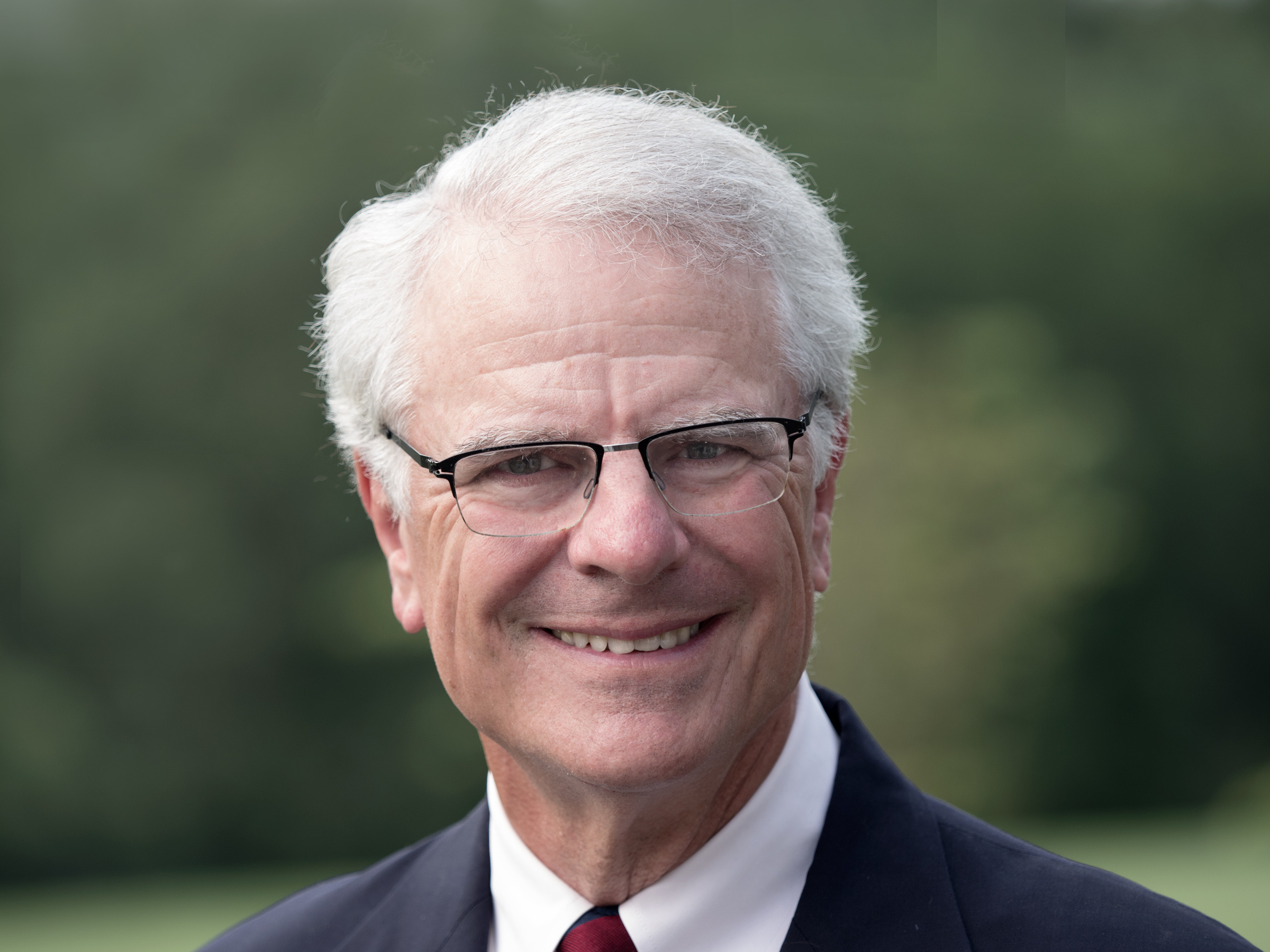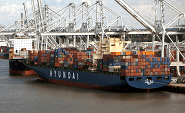Trade Cases

Pearson: What’s Different in 2018 vs. 2001? Leadership
Written by Tim Triplett
August 5, 2018
Are imports of semifinished steel a threat to U.S. national security? Apparently, that depends on the political environment at the time. The controversy over the Trump administration’s Section 232 tariffs is not a new debate. Restrictions on steel imports were on the table in 2001 during the Bush administration. Contrary to today, the Commerce Department at that time determined that steel slabs were not vital to national security.
What has changed in the past 17 years? The views of senior trade officials, said Daniel Pearson, a past chairman of the U.S. International Trade Commission and a former member of the Cato Institute, a libertarian think tank. Pearson has strong opinions on the subject and offered some historical perspective.
For one, he noted that Commerce Secretary Wilbur Ross was a steel company owner and later served on the board of ArcelorMittal. “The steel industry tends not to favor international trade, especially when it involves imports instead of exports,” he said.
Robert Zoellick was the U.S. Trade Representative in 2001 under president George W. Bush. He previously had served in the George H.W. Bush administration as undersecretary of state for economic and agricultural affairs, among other positions. He supported open markets and an integrated global economy. During his time at USTR, he helped to start the Doha Round of WTO negotiations, concluded negotiations regarding China’s WTO accession, and got Congress to approve the U.S.-Jordan FTA.
On the other hand, current USTR Robert Lighthizer is known for negotiating voluntary restraint agreements to limit U.S. imports during his Reagan administration stint as deputy USTR. He spent much of his career bringing AD/CVD cases on steel products on behalf of U.S. Steel Corp., Pearson said.
Lawrence Lindsey was head of the Council of Economic Advisors in 2001 and was the chief trade policy person in the White House. “He understands economics very well, including the reality that any country that imposes an import tariff has the effect of reducing its own economic welfare,” Pearson said.
Today, the top trade advisor in the White House is Peter Navarro. “Although he is an economist by training, he seems to have forgotten the basics with respect to trade. Instead, he seems mostly committed to implementing policies that will harm China, no matter how much damage they also do to the United States,” Pearson said.
Then, of course, there’s the president himself. “George W. Bush was willing to dabble in steel protectionism in the form of Section 201 duties in order to fulfill a political commitment, but it’s my impression he was not unhappy when the WTO ruled against them, causing them to be revoked early,” Pearson said. Bush oversaw the entry of China into the WTO, the start of the Doha negotiations, and pursued several FTAs, including with South Korea. “He was fundamentally comfortable with America’s ability to compete in the global economy. I doubt he ever would have thought that obtaining steel imports from strong allies could harm national security,” Pearson added.
Obviously, President Trump takes a different view, Pearson said, calling him the most protectionist president since Herbert Hoover. “Hoover’s claim to fame is that he started the world on a course of tit-for-tat retaliation that managed to reduce global trade by two-thirds from 1929 to 1934, thus serving to deepen and lengthen the Great Depression. It will be interesting to see where Trump’s trade policy experiments take us,” Pearson said.
“Both trade policy and trade politics are very different now than in 2001. The economics of the situation haven’t changed, but the views of key policymakers certainly have,” Pearson concluded.

Tim Triplett
Read more from Tim TriplettLatest in Trade Cases

Trump signs executive order aimed at making US shipbuilding ‘great again’
President Trump on Wednesday signed an executive order meant to breathe new life into American shipbuilding and curb Chinese dominance in the sector.

Trump still against selling USS to Japanese firm: Report
Despite ordering a new review of Nippon Steel’s bid for U.S. Steel, President Trump said he is still against selling USS to a Japanese company, according to media reports.

CRU: ‘Liberation Day’ brings sweeping US tariffs
For trading partners, the tariffs will reduce demand for exports and depress growth. Over the coming days, trade partners will almost certainly announce retaliation, which will hit US exports.

Leibowitz: The blowback from Trump’s ‘Liberation Day’ tariffs has only just begun
Tariffs are taxes that the government collects. Funds are disbursed by acts of Congress. If domestic companies, including manufacturers, are to benefit from “protective” tariffs, they must raise their prices as well. Maybe not by the entire amount of the tariffs, but by some. Inflation will come.

Supply chains, end-users brace for impact from tariffs
Supply chains are working through what the tariffs mean for them
